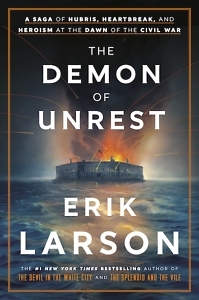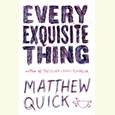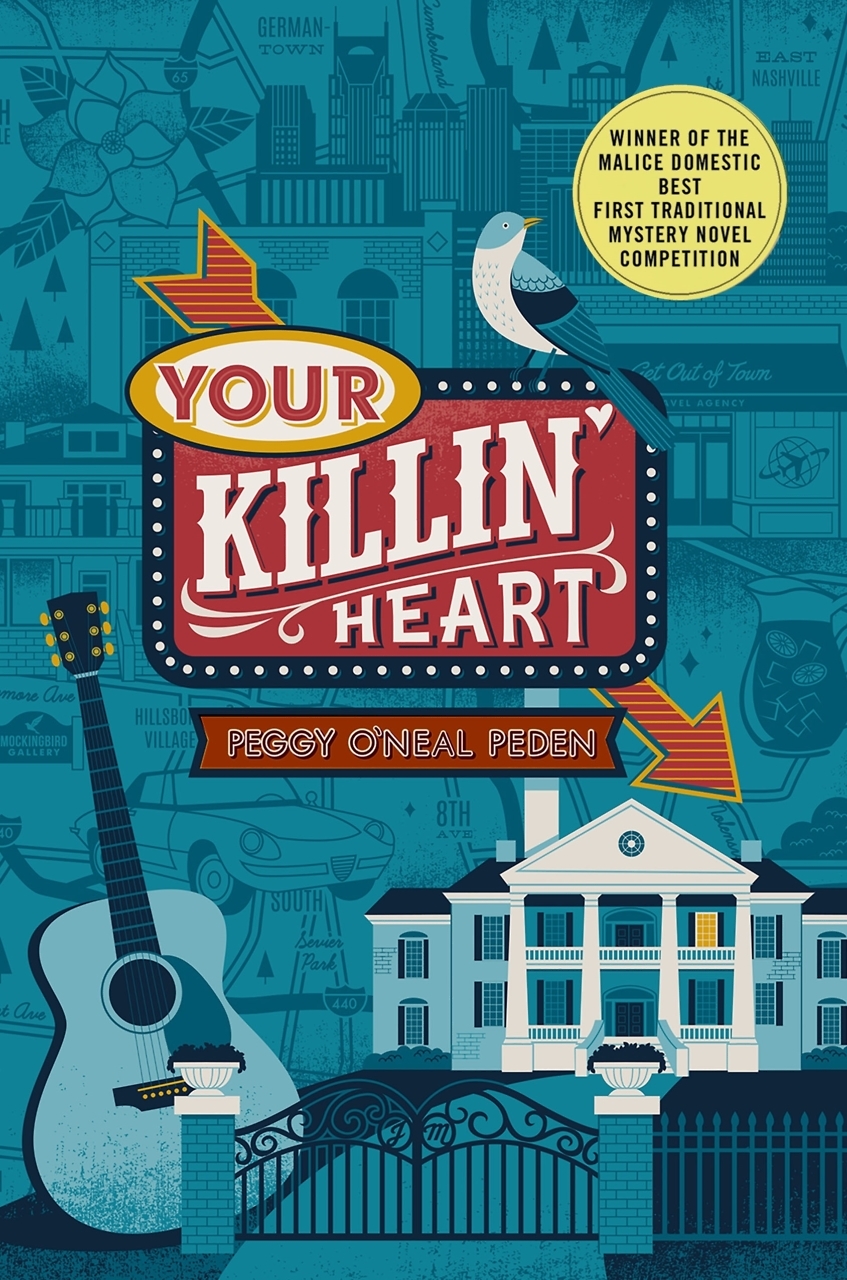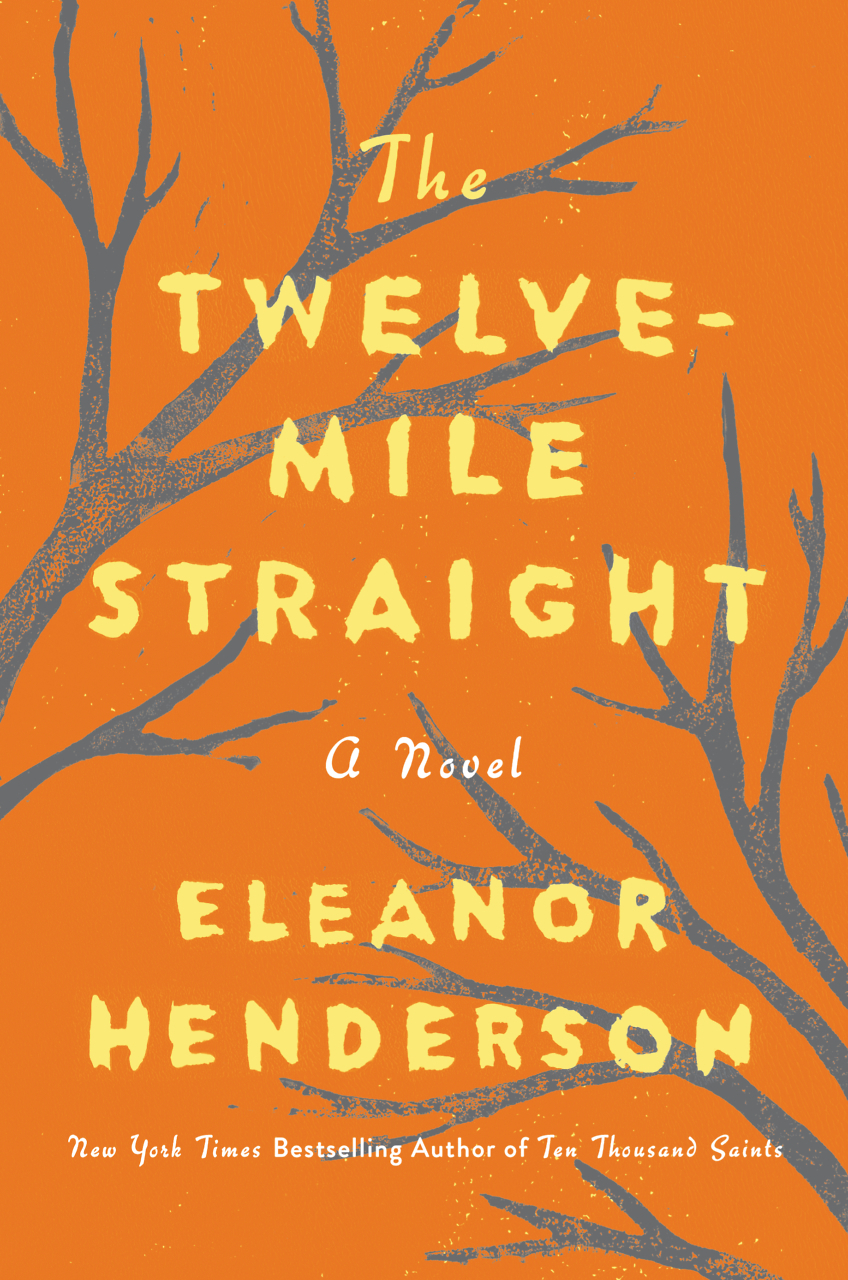How to Start a Civil War
Erik Larson puts the reader in the action during the lead-up to America’s deadliest conflict
FROM THE CHAPTER 16 ARCHIVE: This review originally appeared on May 6, 2024.
***
Most middle-school students are taught that the first shot of the Civil War was fired by Confederate artillery toward Fort Sumter in Charleston Harbor on April 12, 1861. The fort’s Union garrison quickly surrendered, and the war was on. But beyond those basic facts, most Americans, even those with a solid understanding of the causes and costs of that fratricide, know little of the months-long series of events that led to the shooting. Erik Larson wants to change that and has written The Demon of Unrest: A Saga of Hubris, Heartbreak, and Heroism at the Dawn of the Civil War to illuminate the complicated, passionate, and often shortsighted actions that started America’s deadliest conflict.

In The Demon of Unrest, Larson skillfully applies the storytelling techniques perfected through several bestsellers, including The Splendid and the Vile, Dead Wake, In the Garden of Beasts, and The Devil in the White City. His historical sources, the people who lived the events from the 1860 presidential election to the firing on Sumter, range from Southerners like diarist Mary Chesnut and Fire-Eater Edmund Ruffin to Northerners like the crafty William Seward and resolute General Winfield Scott. It was General Scott who famously declared that anyone interfering with the congressional certification of the electoral vote count would be “lashed to the muzzle of a twelve-pounder and fired out the window of the Capitol.” Thanks to the thousands of surviving telegrams, railway schedules, diary pages, newspapers, letters, and memoranda — many of which were secret at the time — Larson has provided an almost hour-by-hour account of the blundering and scheming during the last five months of peace.
In his narrative, Larson makes it clear that the Civil War was a cultural conflict in which one of the cultures was dependent on slave labor. Over the structure of racism and cruelty that protected their power, the Southern planter class, especially in South Carolina, had constructed a veneer of “honor” that presented the impression of respectability. This perverse set of social rules, practiced by people who called themselves “the Chivalry,” is reflected in the book’s section epigraphs, which Larson quoted from an 1858 pamphlet enumerating the rules for dueling. A culture that believed dueling to be an honorable means of settling disputes was unlikely to view compromise as a solution to serious political problems.
 From the Northern perspective, Southern aristocracy was largely a mystery. None of the Union leaders, from Abraham Lincoln to Seward to the other members of the incoming administration, could comprehend a moral code that justified slavery. They believed that compromise could be found, that secession would be avoided, that bloodshed was not necessary. And in the profound cultural misunderstanding between North and South lay the fertile seeds of war. Larson notes that “the North, like the rest of the modern world, thought slavery a fundamental evil,” and the South believed that condemning the perpetrators of slavery “impugned the honor of the entire Southern white race.”
From the Northern perspective, Southern aristocracy was largely a mystery. None of the Union leaders, from Abraham Lincoln to Seward to the other members of the incoming administration, could comprehend a moral code that justified slavery. They believed that compromise could be found, that secession would be avoided, that bloodshed was not necessary. And in the profound cultural misunderstanding between North and South lay the fertile seeds of war. Larson notes that “the North, like the rest of the modern world, thought slavery a fundamental evil,” and the South believed that condemning the perpetrators of slavery “impugned the honor of the entire Southern white race.”
There were attempts to avert war. A peace commission met in Washington, D.C. Lincoln issued statements, including his first inaugural address, that sought to ease tensions. Emissaries from North and South tried back-channel communications. Ultimately there were too many who desired secession and its associated force — the duel required by affronted honor. The South knew it could not exist without slavery, and the North knew it could not let slavery expand. The constitutional crisis quickly escalated, with Fort Sumter and its 85 men at the center of the coming conflagration.
Larson clearly sees parallels between the runup to the Civil War and now, with Americans increasingly reluctant to find common ground. He had, he writes, already begun research for the book at the time of the January 6 attack on the Capitol. “I had the eerie feeling that present and past had merged. It is unsettling that in 1861 two of the greatest moments of national dread centered on the certification of the Electoral College vote and the presidential inauguration.” The Demon of Unrest is a compelling, sobering reminder of the horror that can arise from unreconciled differences. A reminder even more important when, as Larson observes, Americans “whisper once again of secession and civil war.”

A Michigan native, Chris Scott is an unrepentant Yankee who arrived in Nashville more than 30 years ago and has gradually adapted to Southern ways. He is a geologist by profession and an historian by avocation.


